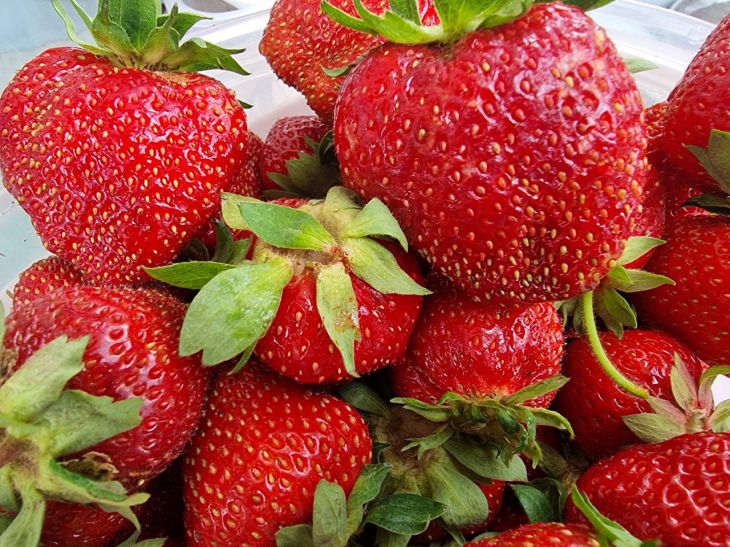Strawberry is a perennial herbaceous plant of the Rosaceae family, which is grown for its fruit.
Scientific name: Fragaria vesca. It is a honey plant visited by bees.
Strawberries are recognized by the apical tooth of the leaves, which distinguishes them from the leaves of wild strawberries, says Anastasia Kovrizhnykh .
They also have the characteristic of producing many lateral shoots, also called stolons, which root to give rise to new bushes.
This is a species native to temperate Europe and Asia, found from Turkey to China, and also in North America. Long collected from forests, it was introduced to gardens in the 16th century.

Which variety of strawberries to choose
Among the 600 varieties of strawberries, there are non-remontant and remontant varieties, which are capable of continuously bearing fruit.
Among non-remontant varieties, the advantage of "Favetta" is that it is early and produces large, sweet fruits. They are harvested from May.
'Gariguette', which is harvested in early June, is famous for its aromatic, oblong fruits.
Among the remontant varieties, we recommend Gento, Mara de Bois, and Ostara, which are characterized by the aroma of wild strawberries.
How to grow
Strawberries prefer cool, acidic soil. Provide humus-rich, well-drained soil, perhaps adding river sand and peat if the soil is too compact.
Also note that these are voracious plants that quickly deplete the soil, so change the location every 3 years.
Strawberries appreciate a protected and sunny place.
When to plant
The preferred time to plant strawberries to get an amazing harvest is June and July.
Leave a distance of 60-80 cm between rows and 30-35 cm between legs in each row.
For a classic harvest, it is recommended to sprinkle diluted nettle or comfrey manure into the planting hole, or to place a handful of chopped nettle or comfrey leaves at the bottom of the planting hole, but not in direct contact with the roots.
What are the tips for caring for strawberries?
Two to three weeks after planting, it is advisable to mulch the strawberries with hay, straw, leaves or dry fern. This mulch, 3-5 cm thick, prevents the fruit from touching the ground.
This limits the growth of rot and weeds and slows down evaporation. It is advisable to water early in the morning, on average once a week.
Note: This plant is afraid of spring frosts. It is affected by various diseases, including root rot, strawberry gray mold, strawberry worm and strawberry weevil.
Plants are also attacked by insects such as green or yellow aphids, strawberry harpale, strawberry otioricus, strawberry moth, and slugs.
How to propagate
A common method of propagation is strawberry stolons. Too many stolons will deplete the plant, so at the end of the season leave only one or two per 30 cm.
Direct the stolons emitted by the mother plant into a space with free soil.
After the stolon has fully rooted in 4-6 weeks, cut this umbilical cord.
When to collect
White strawberry flowers bloom from April to July. In autumn, the plant sometimes blooms again. Harvesting occurs 8 months after planting.
Strawberries are fragile fruits that need to be picked with care. Cut off the flower stalk without damaging the future fruits that are already forming.
Some varieties of strawberries have berries hidden among the foliage. These fruits do not store for long, so enjoy the harvest right away!
Earlier we talked about a pepper variety that will not leave even the laziest summer residents without a rich harvest.









